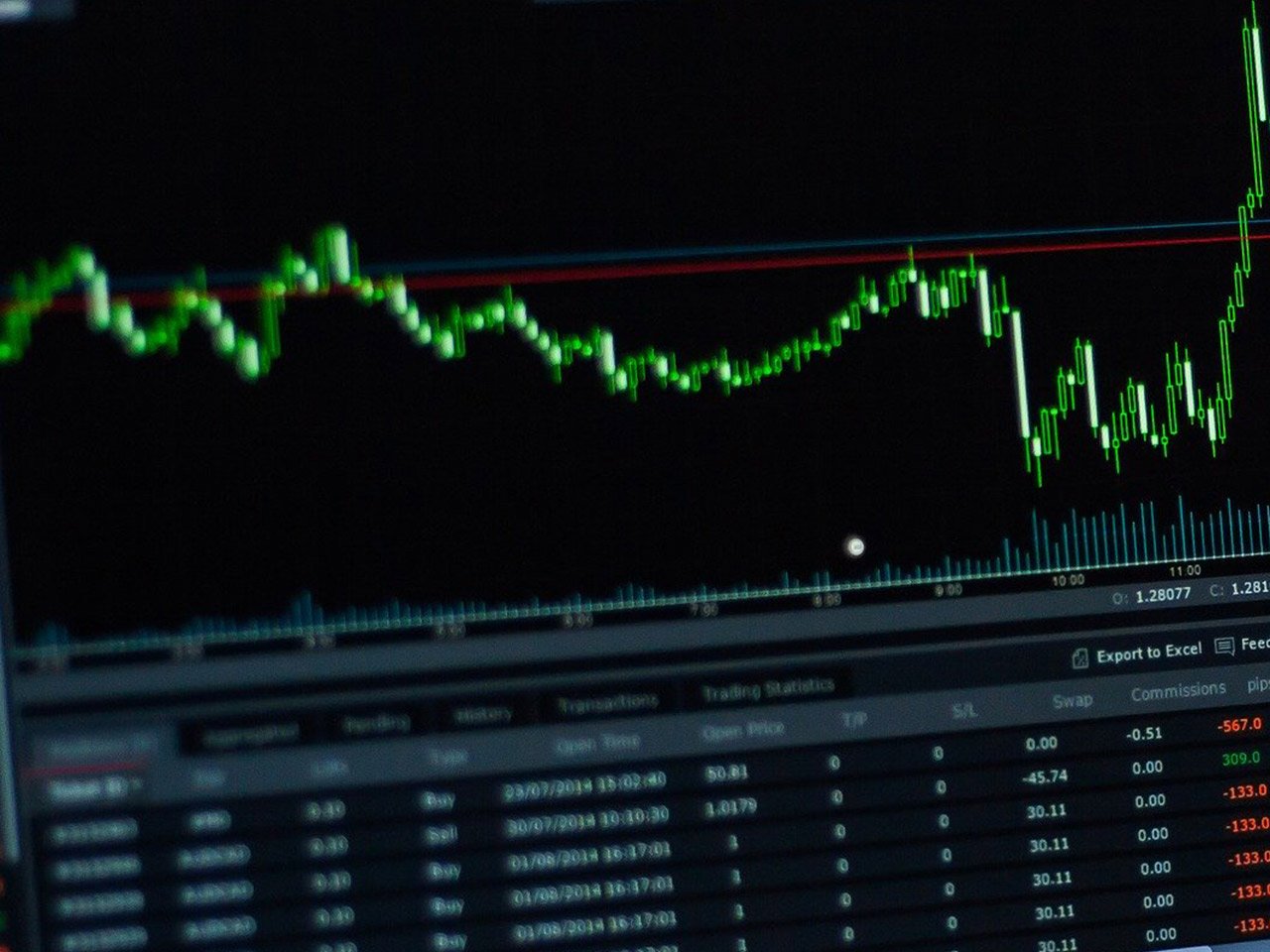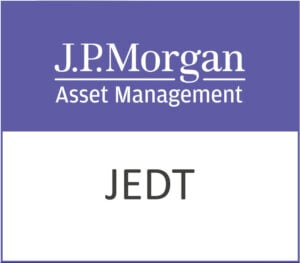Investors with a keen eye on the UK stock market might find Temple Bar Investment Trust PLC (TMPL.L) an intriguing proposition. With a market capitalisation of approximately $880.85 million, this investment trust is a noteworthy player, albeit one with limited publicly available financial metrics. Despite the lack of detailed financial data, there are several aspects of Temple Bar that demand attention from savvy investors.
As of the latest trading session, Temple Bar’s shares are priced at 309.5 GBp, marking the pinnacle of its 52-week range, which spans from 256.50 GBp to 309.50 GBp. This indicates a solid recovery trajectory, with the stock currently trading at its highest point in the past year. The price stability is underscored by a modest price change of 1.00 (0.00%), suggesting a consolidation phase, possibly leading to a breakout.
One of the standout features for Temple Bar is its technical indicators. The 50-day moving average stands at 292.33, while the 200-day moving average is at 276.70. This bullish crossover implies potential upward momentum, often seen as a positive technical signal by investors. Furthermore, the Relative Strength Index (RSI) is at 35.56. Although this is below the neutral 50 mark, indicating that the stock is neither overbought nor oversold, it does suggest room for potential gains without immediate overvaluation concerns.
The MACD (Moving Average Convergence Divergence) at 5.48, coupled with a signal line of 3.81, points towards a positive trend. A higher MACD than the signal line typically indicates bullish momentum, which might be a harbinger of continued upward movement in the share price, provided other market conditions remain favourable.
However, potential investors should note the conspicuous absence of key valuation metrics, such as P/E ratio, Price/Book, and Price/Sales ratios. This lack of valuation transparency might make it challenging for investors to conduct a comprehensive analysis based solely on traditional financial metrics. Similarly, performance metrics like revenue growth, net income, and EPS remain undisclosed, adding another layer of complexity in evaluating the trust’s financial health and operational efficiency.
Despite these gaps, the trust has garnered some attention from analysts, with one buy rating suggesting a level of confidence in its prospects. However, the absence of hold or sell ratings, as well as a specified target price range, means investors will need to rely heavily on market sentiment and technical analysis for short-term decision-making.
Dividend enthusiasts may be disappointed by the lack of available data on dividend yield and payout ratio, which are often critical for income-focused investors. This absence may necessitate a direct inquiry or further research for those prioritising dividend returns.
For those considering an entry into Temple Bar Investment Trust, it’s important to weigh these factors carefully. The trust’s stock appears to be in a technically favourable position, with positive indicators suggesting potential growth. However, the lack of detailed financial data may require a more nuanced approach, focusing on broader market trends and external economic factors influencing the UK investment landscape.
Investors may want to keep a close watch on any forthcoming financial releases or updates from the trust, which could provide the much-needed clarity to make more informed investment decisions. As always, thorough due diligence and consideration of personal investment goals are paramount when navigating such opportunities.










































